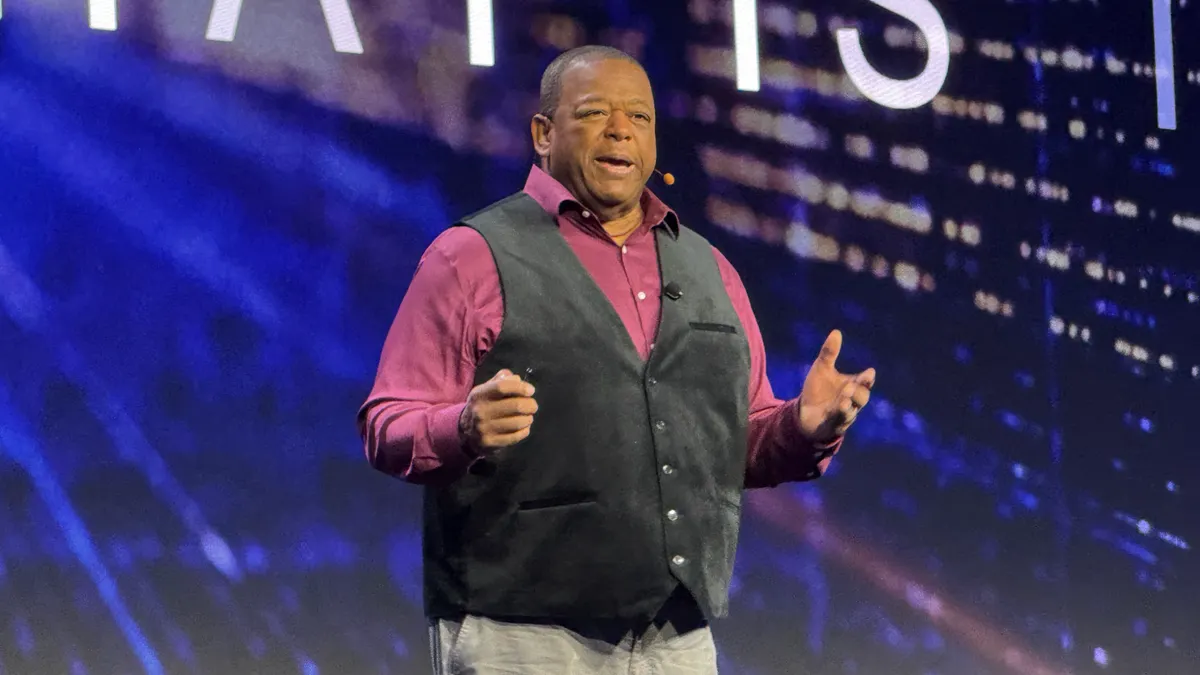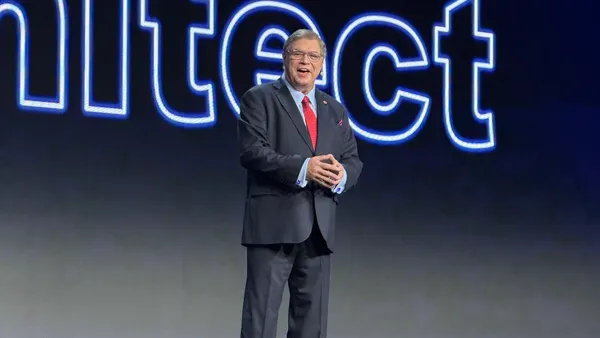There is an inherent skepticism toward change that percolates through most people. In the technology world, end users hesitate to adopt new technology and boards of directors are wary of risky tech investments.
But the phenomenon is also found among tech leaders and executives.
Anytime a person changes the way they do something or opens themselves to critique, feelings of doubt can arise. It can be hard to take the corporate mask off and look into the mirror, but there is value in being aware of personal strengths and weaknesses.
Twenty years into his career, Edward Wagoner, CIO, Digital of JLL Technologies, went through executive coaching, an experience that changed how he felt about himself and his work.
“I undertook a professional change journey that also did a little bit of a personal transformation that enabled me to better play to some of those strengths,” Wagoner said. “And a big part of that is because I embrace the change that was happening in the world around me, the change the company needed to see in me and quite honestly the change that I needed to do for myself.”
He was able to gain the tools and awareness to become an even better leader with help from his executive coach and therapist.
“I think any C-suite executive that gets the opportunity for executive coaching — really good executive coaching — that their company pays for with external professionals, they should take advantage of that,” Wagoner said. “Good executive coaching will tell you about your strengths and show you some things you may not want to see or focus on.”
Breaking down the stigma
Too often, receiving help comes with a side of stigma, but awareness around such topics has grown as the benefits of mindfulness became more clear.
The executive coaching market size has grown 2.8% annually on average between 2017 and 2022, according to research firm IBIS World. The market size measured by revenue is expected to reach $14.2 billion in 2022.
“All great winners surround themselves with a support team,” Larry Bonfante, founder and CEO of consulting firm CIO Bench Coach, said in an email. “We all need someone who can help us be objective, identify our strengths, developmental opportunities and work with us to improve. Being a corporate executive is no different in that regard than being a world-class athlete.”
During the pandemic, in-person coaching was mostly put on pause, but the corporate world started to talk more about mental health and destigmatizing reaching out for help.
In the fall of 2020, 90% of CEOs said they had taken action to support the mental health and well-being of employees over the past six months, according to a Deloitte and Fortune survey of more than 125 CEOs.
Nearly all — 98% — of CEOs said employee mental health and well-being would continue to be a priority even after the pandemic subsided, according to an updated version of the study in January of 2021.
“I'm a big proponent of therapy,” Wagoner said. “I wish that it had become an okay topic sooner in my career, but it's basically become okay to talk about because of the pandemic.”
Taking off the mask
Part of Wagoner’s executive coaching journey was learning how to lean on his communication skills. One way that he exercises the muscle is by regularly posting on LinkedIn about industry news and technology strategy within JLL Technologies and real estate at large.
This has allowed Wagoner to be more authentic and provide his network with personal thoughts and insights without the corporate red tape and approval.
“I think CIOs can't afford not to have a presence [on social media],” Wagoner said.
In addition to social media platforms allowing tech leaders to be more authentic, a C-suite member with a social media presence can create value for the business internally and externally.
In a survey of more than 2,800 readers of financial publications and 3,600 employees of companies with more than 1,000 employees, employees prefer to work for a CEO who uses digital and social media by a 4 to 1 ratio.
Nearly 9 in 10 financial readers said it is important for business leaders to use social media to communicate and financial readers trust executives with a social media presence more than those that don’t by a 6 to 1 ratio, according to business advisory firm Brunswick Group.
Social media has made it so every user has a personal brand, similar to companies. Personal brands allow executives to humanize themselves and their work. They can also facilitate conversations about priorities and curiosities between potential employees and clients, fellow leaders, staff and others.
By showing his personality on social media — and even taking risk positions occasionally — Wagoner said people see the real him and if they come to work with JLL Technologies as a client or an employee, they know what they’re going to get.
Social media, however, is rarely a safe haven for mental health. Wagoner worked with his executive coach and therapist on his low self-esteem, something he has dealt with since he was a small child, he said.
“That stuff doesn’t really go away until you get therapy and work on it,” he said. “And so through my whole adult life, it’s been there, you maybe wouldn’t have known it, but it’s always been there.”
“I’m in the best place I’ve ever been in my life, and that’s why I’m such a proponent of executive coaching. And you know, therapy can be a great thing — and I’ve got the tools in place that I need.”
For Wagoner, it's all about balancing staying engaged on social media without taking responses personally, but sometimes even with all the tools and strategies in place, it can still be hard.
Executive coaching does not eradicate areas of improvement, but rather gives executives a road map and tools to succeed and push forward even when things are difficult.
“Being authentic means being approachable, having empathy, being vulnerable and letting other people know that it's ok to not be perfect,” Bonfante said. “There are no perfect people walking around so our goal is to get the best out of people and being a caring and authentic leader maximizes our ability to accomplish this objective.”























